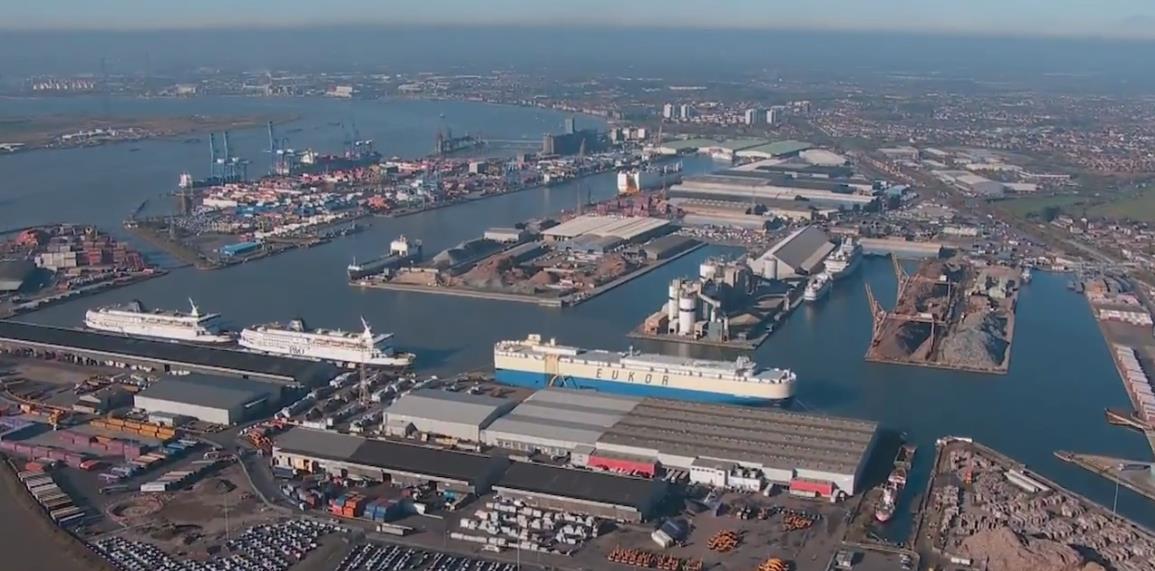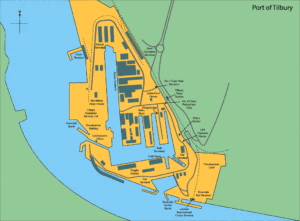London Port Plans Billion Dollar Expansion
News
Tilbury container terminal to be expanded
£1 billion Expansion
A US$1.25 Billion (£1 billion) expansion will transform Tilbury container terminal, the principal port for London, UK, by adding a deep-sea jetty for ships from Europe and increasing the size of its site from 850 to 1,100 acres — allowing it to accommodate larger ships from Africa, India and the Far East, reported the Financial Times. The new berths will help meet rising demand for building materials as its the UK’s third-largest container terminal serving London and the south. A total of 40 million bricks went through the terminal last year, as well as food, steel and consumer goods between Europe and the UK. Trade with Europe represents 60% of the terminal’s traffic. Although Forth Ports will pay for the dock expansion, nearly half of the investment at Tilbury is being made by tenants stemming from the port’s privatisation in 1992. The investment has been an important factor in for the construction of the biggest Amazon fulfillment centre in Britain on the site, which will triple employee numbers at Tilbury from 4,000 to 12,000 in the next decade. This means that more retailers are also likely to decide to package their goods on site at the port, rather than moving them to a separate site for distribution. Tilbury is where Jaguar Land Rover ships cars to South America and second-hand cars and construction machinery depart for west Africa. There has also been a boom in shipments of recycled materials.
Charles Hammond, Forth Ports
Speaking to the Financial Times, Charles Hammond, of Forth Ports, the owner of Tilbury, saw positives and negetives to expanding before Brexit’s arrival. “If there are increased tariffs [after Brexit], the pressure to generate increased efficiency in the supply chain will be even greater. There is a just-in-time distribution culture in the UK and no one wants to hold stock for more than a day.”
Brexit
Brexit is not the only hurdle as the opening of the rivalling £1.5bn London DP World London Gateway Terminal three years ago farther down the Thames is hosting a new breed of 400-metre container ships carrying 9,100 twenty-foot containers. Despite these factors, Hammond is aiming to raise cargo numbers to 32 million tonnes in 2026 through demand for food, clothing and entertainment for London’s fast-growing population. Cargo carried at the port has increased 30% since 2009/10 and rose from 12.5m tonnes in 2015 to 13.5m in 2016. “Trade flows will continue, even if patterns slightly change. The goods may stay in the ports a bit longer because of tariffs and customs procedures. But are we going to stop importing BMW cars from Europe? I don’t think so, because people will still want them.” It’s also been reported on 6th February 2017 that trade in the Port of London for 2016 reached an all-time high for the decade after rising 10% to top 50 million tonnes for the first time since 2008.
Source: Maasmond Maritime
